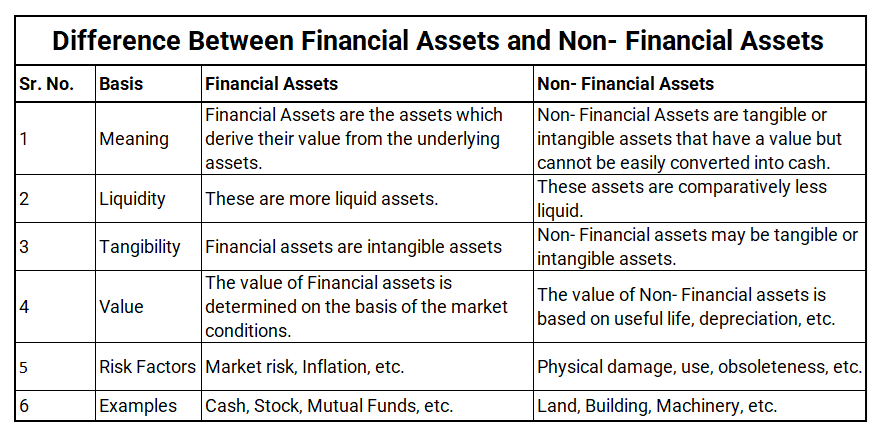Here are 10 examples of accounting entries: A company purchases $500 worth of office supplies on credit from a supplier. Office supplies expense account would be debited Accounts payable would be credited A firm receives $1,000 in cash from a customer for services rendered. In this case, CashRead more
Here are 10 examples of accounting entries:
- A company purchases $500 worth of office supplies on credit from a supplier.
- Office supplies expense account would be debited
- Accounts payable would be credited
- A firm receives $1,000 in cash from a customer for services rendered. In this case,
- Cash account would be debited
- Service revenue account would be credited
- A business pays $250 in salaries to its employees.
- A debit would be made to the salaries expense account
- A credit would be made to the cash account
- A business borrows $5,000 from a bank and receives the funds as a loan. The entry would be,
- A debit to the bank account
- A credit to the loan payable account
- A company sells $800 worth of inventory to a customer for cash.
- The entry would be a debit to the cash account
- A credit to the sales revenue account
- A firm purchases $3,000 worth of equipment on credit from a supplier.
- The entry would be a debit to the equipment account
- A credit to the supplier’s account
- A company incurs $500 in advertising expenses for a new marketing campaign (cash).
- The entry would be a debit to the advertising expense account
- A credit to the cash account
- A firm collects $1,200 from a customer. The entry would be,
- A debit to the cash account
- A credit to the customer’s account
- A business pays $700 in rent for its office space. The entry would be,
- A debit to the rent expense account
- A credit to the cash account
- An organization pays off a $2,000 loan to the bank. The entry would be,
- A debit to the loan payable account
- A credit the cash account
I also found a long list of example journal entries and a free PDF to download here.
See less





 The trial balance shows the opening balance of various accounts. Now posting them in ledger accounts.
The trial balance shows the opening balance of various accounts. Now posting them in ledger accounts.










Ledger posting The process of entering all transactions from journal to ledger is called ledger posting. Each ledger account contains an individual asset, person, revenue, or expense. As we're aware the journal records all the transactions of the business. Posting to the ledger account not only helpRead more
Ledger posting
The process of entering all transactions from journal to ledger is called ledger posting. Each ledger account contains an individual asset, person, revenue, or expense. As we’re aware the journal records all the transactions of the business.
Posting to the ledger account not only helps the proper maintenance of the ledger book but also helps in reflecting a permanent summary of all the journal accounts. In the end, all the accounts that are entered and operated in the ledger are closed, totaled, and balanced.
Balancing the ledger means finding the difference between the debit and credit amounts of a particular account, it’s done on the day of closing of the accounting year. Sometimes journal entries are made and maintained monthly. Therefore, the balancing of the ledger’s date depends on the business’ closing date and the way a business maintains its books of accounts.
Example
Mr. Jack Sparrow decided to start a new clothing business. On 1st April 2021, He started the business with a total sum of $100,000 cash. He purchased furniture, including desks and shelves for $25,000. Mr. Sparrow then decided to start with women’s clothing and purchased a complete range of clothes from the wholesale market for $50,000. On the next day, he sold all the stock for $75,000. He also hired a worker for $5,000.
We need to journalize these transactions and post them into the ledger account.
Journal Entries
Ledger Accounts
Cash A/c
Capital A/c
Purchases A/c
Sales A/c
Salary A/c

See less